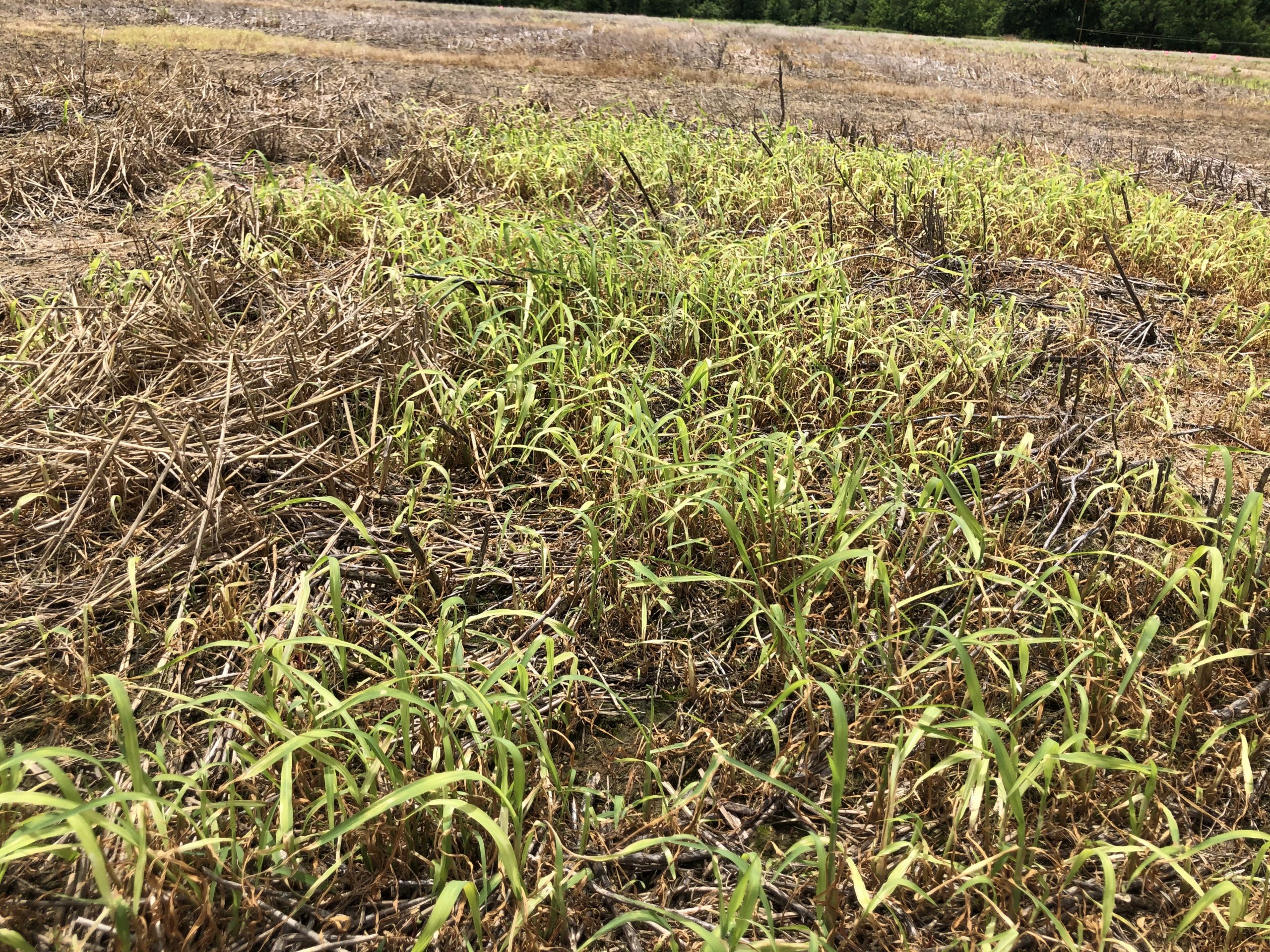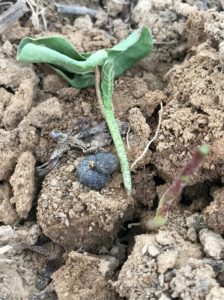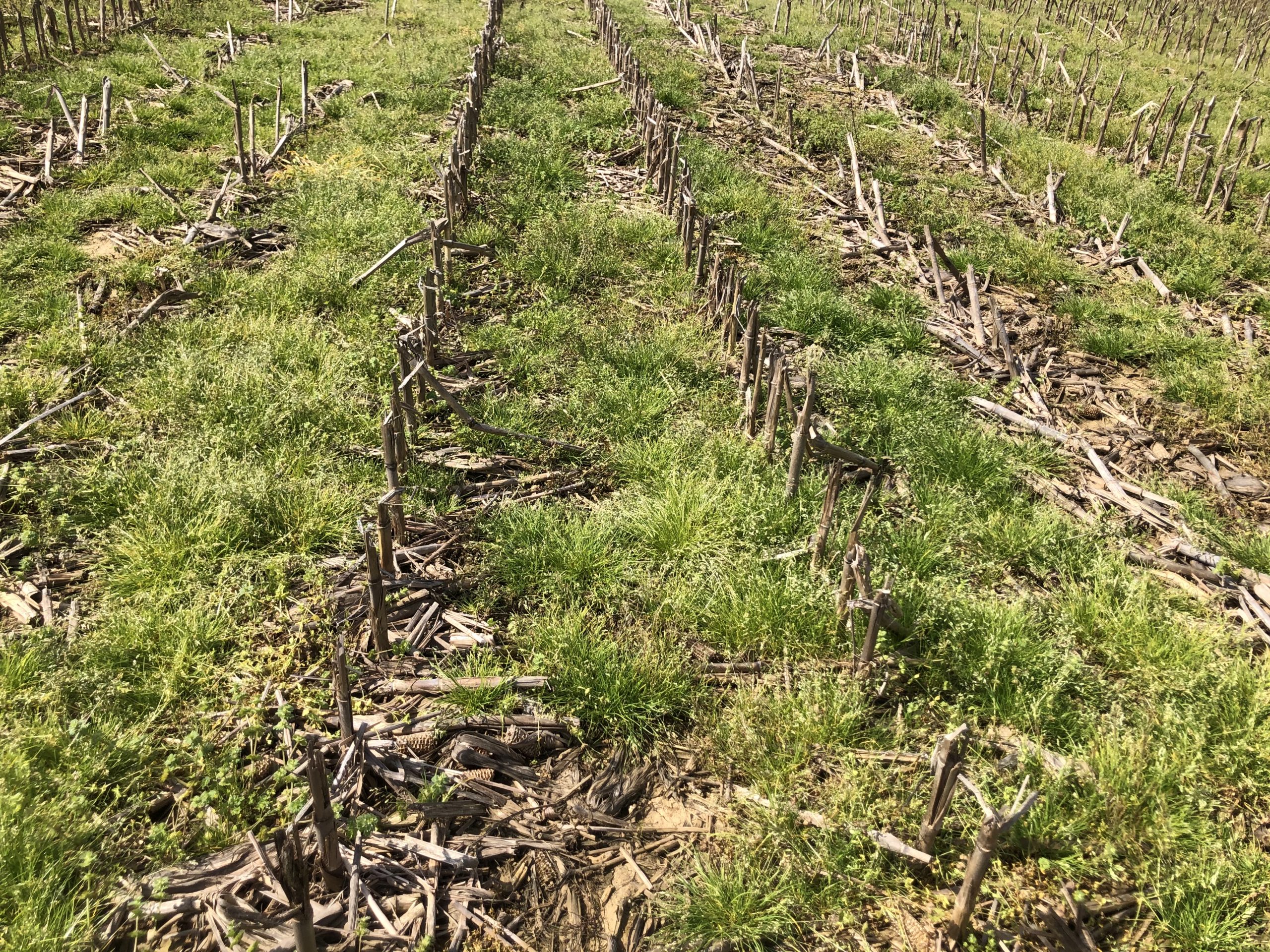
Recent burndowns that are targeting Palmer amaranth with paraquat are working quite well on that weed. Unfortunately, that is not the case on some grass weeds like barnyardgrass, junglerice and crabgrass. Once those grasses get 4” or more in height paraquat often struggles to provide good control. Continue reading





